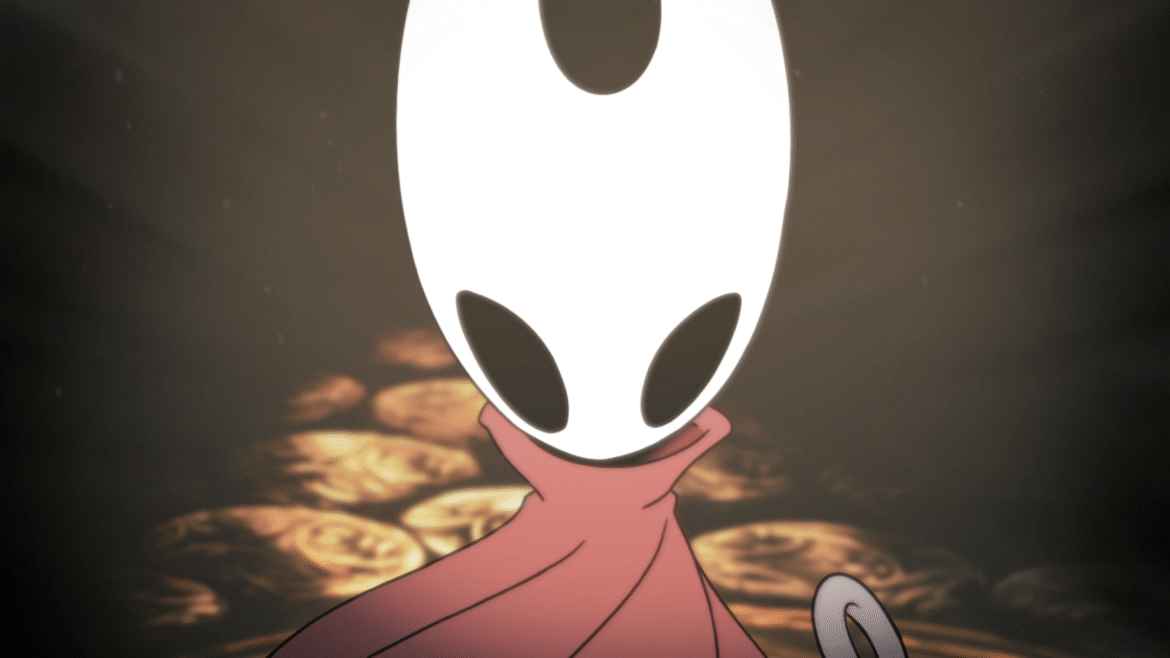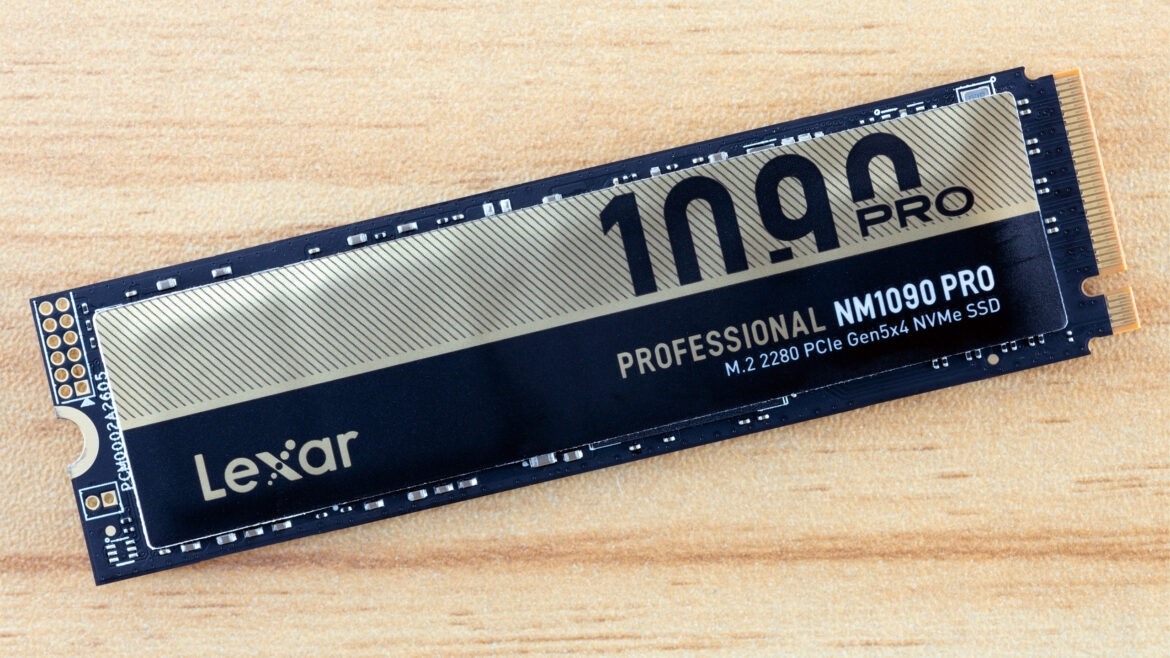Why you can trust TechRadar
We spend hours testing every product or service we review, so you can be sure you’re buying the best. Find out more about how we test.
Whoop MG: One minute review
I really didn’t know what to make of the Whoop MG; I loved it and disliked it in equal measure. On the one hand, it’s a brilliant fitness tool, with a simple-yet-deep interface boasting comprehensive metrics. It’s got an in-app workout builder worthy of any of the best fitness apps, and an intuitive journaling mechanism. The journal entries you record feed into your recovery and strain information in a simple, clever way.
It’s really easy to use; being screenless, you hardly interact with it at all beyond taking the occasional ECG scan or switching off its haptic alarm with a few taps. Instead, all the interaction is done via the app, with the app sending through push notifications when it’s time for bed, or when the app needs a piece of information clarified with a quick journal entry.
Despite its limited interface, it’s a sophisticated tool, packing a host of heart health features including ECG to test for atrial fibrillation (the MG in its name stands for Medical Grade) and estimated blood pressure, which requires calibration with a cuff. Its new Healthspan tool gives you the Whoop Age metric, which is similar to Fitness Age on one of the best Garmin watches, or Metabolic Age on continuous glucose monitors like Abbott’s Lingo.
On the other hand, certain aspects of the tracker stop me short from recommending it for everyone. For one thing, the price for the Whoop MG – it’s only available on its premium Life subscription, with the medical-grade heart-screening features – is extortionate.
The lower-tier wearable, the Whoop 5.0, starts at a much more reasonable £169 / $199 / AU$299 per year. For this price, you can get a Whoop One subscription, which gives you the Whoop 5.0 device but locks metrics like Stress and Whoop Age behind a paywall. Instead, you get those (along with a nicer band and the wireless charger) with a Whoop Peak membership, which costs £229 / $239 / AU$419 per year. Then at the top end you get the Whoop Life subscription plan at £349 / $359 / AU$629 per year for life, which comes with the premium Whoop MG device with heart screening and ECG features. Stop paying at any tier level, and your Whoop reverts to an inert hunk of plastic at the end of your membership.
I tested the top-tier, super-premium Whoop MG, but the hardware is fiddly at times. Unbuckling the strap causes the metal clasp to come completely detached more often than not, the alarm is hard to turn off at times, while taking ECGs failed as often as it succeeded. Looking around the web, these aren’t isolated incidents.
It’s an impressive, sophisticated fitness tracker that some people will love, but I came away disliking it. While I appreciate that some people will see the subscription-based model as a monthly health investment, at this premium tier I don’t think the value is there, unless you’re very wealthy and extremely athletic or concerned about monitoring your health. Essentially, that makes it Batman’s ideal fitness tracker.
Whoop MG: Price and availability
(Image credit: Future)
- Whoop Life (MG): £349 / $359 / AU$629 per year
- Whoop Peak (5.0): £229 / $239 / AU$419 per year
- Whoop One (5.0): £169 / $199 / AU$299 per year
The Whoop MG’s value score, from the outset, is hampered by the membership scheme, especially as Whoop promised existing members free upgrades to the 5.0, turned back on that promise, then doubled back again after user outcry.
The Whoop MG device I’m testing is only available with the Whoop Life subscription, the most expensive tier.
The Whoop 5.0, without an ECG, blood pressure or Heart Screener features and more accurate, starts at the basic Whoop One tier (£169 / $199 / AU$299 per year), which offers Strain, Recovery, Sleep, VO2 Max, heart rate zones, steps, Strength Trainer, menstrual cycle insights and journal features. However, you don’t get the Whoop MG’s premium band and wireless charger, and software features Whoop Age, Stress and Health Monitor, which are locked behind a paywall.
For an extra $40 / £60 / AU$120 per year you can get Whoop Peak, which adds those hardware and software features back in. Now, all that you’re missing are the heart health features and improved accuracy for stats like menstrual cycle insights with the improved sensor array, which you get by spending another $120 / £120 / AU$210 per year on top of the Whoop Peak price for Whoop Life (£349 / $359 / AU$629 per year).
As we’re reviewing the Whoop MG, I’ll be focusing on this most expensive price tier, and to spend this sort of money on a wearable is far from unheard of – as a one-off payment, that is. To spend it annually is mad to me. Even though the app is terrific, it would have to do everything, pack GPS for better running insights, and make my coffee in the morning for me to consider this a good deal.
Things get a little better as you go down the tiers, as once you break down the cost by month, a subscription that aids your health and fitness in the way Whoop does starts to sound more reasonable. But even the best smartwatches, many of which offer excellent fitness credentials of their own, are a one-time payment – meaning Whoop will eventually out-cost them.
Whoop MG: Design
(Image credit: Max Delaney / TechRadar)
- Excellent app user experience
- Totally screenless
- Poor clasp
First things first: anyone who’s seen a Whoop device before will know it’s not a smartwatch. It’s a completely screenless plastic fitness tracker with its sensor array on the underside, wrapped using a Superknit or Coreknit polyester-fabric wristband over the top of the device. A bicep Coreknit band is also available. I like the screenless design – it’s distraction-free, and very easy to wear day-to-day.
Holding it all together is a stainless-steel buckle with a crossbar on one end to hook the fabric band, and two short pins to attach to the tracking device on the other end. This was one of my main hardware frustrations: I get that you’re not supposed to take the band off that often, but when I unclipped the band the buckle came off completely maybe one out of every three times. I had to forcibly bent the metal a couple of times to get it to stay put.
The design of the app, however, is very good – it’s one of the most user-friendly fitness apps I’ve tried in a long time. It’s easy to navigate, using color and circular graphs to provide clear context for your reams of data. The workout builder and journal functionality are intuitive and feed into other metrics. The only issue I had is that when viewing detailed heart rate graphs, the app inexplicably shifts to landscape mode.
Whoop MG: Features
(Image credit: Max Delaney / TechRadar)
- Automatic workout detection
- Very detailed, comprehensive metrics
- Workout builder
Whoop’s screenless ‘set-and-forget’ tracker is possible thanks to its advanced activity detection functionalities. Once the software learns what kind of workouts you take part in most often, it’s very good at anticipating your movements, tracking and logging them as the correct workouts. Towards the end of my testing, it successfully logged running and weightlifting workouts separately, without prompting.
Speaking of weightlifting, the workout builder is intuitive and fantastic to use, both as a diary of your strength-training progress and a way for the app to better pinpoint the amount of strain the workout placed on your body. I was able to create routines in advance and assign them to workout instances, and I was able to create and edit them on the fly if I had to go up or down a weight during a lift, for example.
Only a few very specific movements were missing, such as resistance band-assisted pull-ups, but for the most part its workout library was vast and comprehensive.
The Whoop Coach AI chatbot was also surprisingly useful, putting my personal statistics into context with its library of science-based advice.
The Whoop MG has an ECG feature, automatically exporting an ECG report that you can share with a doctor. Its blood pressure detection requires prior calibration with a blood pressure cuff for it to work, then estimates your blood pressure fluctuations based on other metrics. Otherwise, your step count, calorie burn, heart rate, sleep duration and more are folded into a trio of metrics, each scored out of 100: sleep, a measure of your overall sleep quality; recovery, the percentage of which your body has recovered from exertion or stress; and strain, which is how much stress you’re putting on your body during the day.
A ‘strain threshold’ is calculated based on your recovery and activity levels, indicating how strenuous your day should and can be before it veers into detrimental territory. Detailed graphs plot your stress, relation between strain and recovery, daily heart rate and more. With such a mass of information, it would be so easy for this to become confusing, but Whoop does a great job of packing a lot of information into the app without it feeling impenetrable.
Whoop MG: Performance
(Image credit: Future)
- Battery life is excellent
- Accurate heart rate and sleep tracking
- Geared for optimization
I found the Whoop matched up closely during testing with other wrist-based devices such as the Apple Watch Ultra 2 when it comes to heart rate tracking: in other words, it’s as good as it gets on your wrist. The sleep tracking was also accurate, recording without fail each time I woke up in the middle of the night.
Battery life was excellent. I averaged about nine days with the Whoop MG before I needed to use the attached charger, and even then I just clipped it on while I worked at my desk, and charged the device up without taking it off.
Generally, it was a terrific device, and I enjoyed my time with the Whoop. Its metrics aren’t just detailed, they’re actionable, offering plenty of context rather than spewing forth useless numbers in a vacuum. It doesn’t just tell you your sleep score, but also how to improve it.
However, I don’t think I’m necessarily the target audience for this device – I know it’s optimal, but I do not want to go to bed at 9pm, no matter what Whoop thinks my sleep need is. As it was telling me to wind down for the night, I was ramping up: I’d worked late, cooked late, and then had to do the dishes and sort some paperwork I’d been putting off. Only changing my goals in the app from “reach my sleep need” to “improve my sleep” stopped the Whoop MG from nagging me with push notifications at 8:30pm.
Well, almost. When I did take the device off, inside of 15 minutes, and without fail, I got a push notification telling me to reattach it, which irked me to no end. This is one of the most comprehensive fitness trackers I’ve ever tried, and certainly the best option for workout and recovery tracking if you don’t care about detailed running metrics; but it’s for the optimization-obsessed, and those who can afford its exorbitant annual fees.
Scorecard
Swipe to scroll horizontally
Category
Comment
Score
Value
The super-premium Whoop Life subscription is not great value.
2/5
Design
Wonderful app UX, so-so construction.
3.5/5
Features
Varied and comprehensive.
4/5
Performance
Detailed and usable metrics produce actionable advice
4/5
Whoop MG: Should I buy?
Buy it if…
Don’t buy it if…
Also consider
We’re currently testing the Polar Loop and Amazfit Helio Strap, both screenless fitness trackers new for 2025 pitched as Whoop competitors. Check back soon for our full reviews on both devices.
How I tested
I wore the Whoop MG for 21 days, testing its medical ECG feature, building workouts, wearing it almost constantly, asking questions of its chatbot, and exploring the app in detail. I compared it against the Apple Watch Ultra 2 on a hike, wearing one device on each wrist.
First reviewed: September 2025










